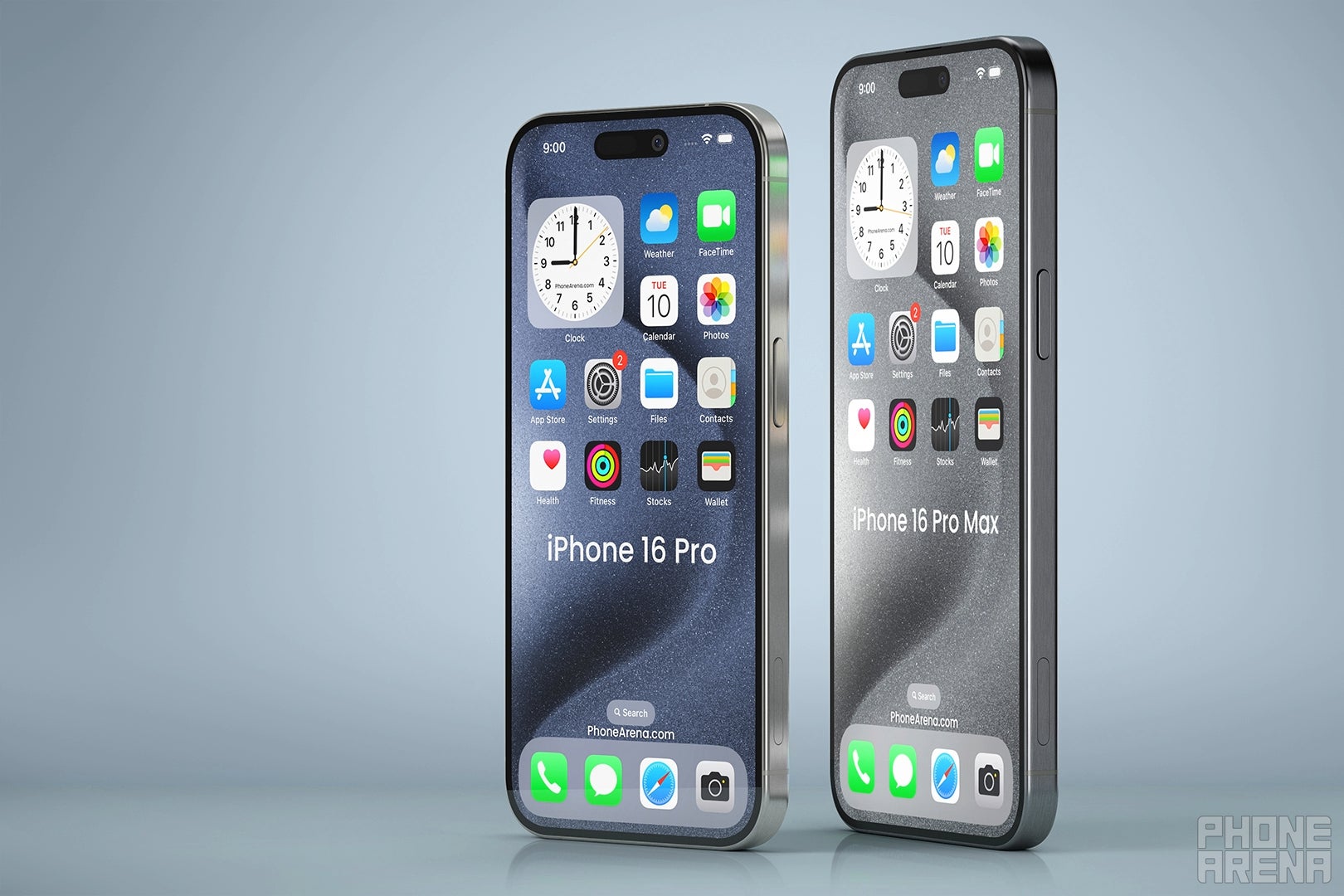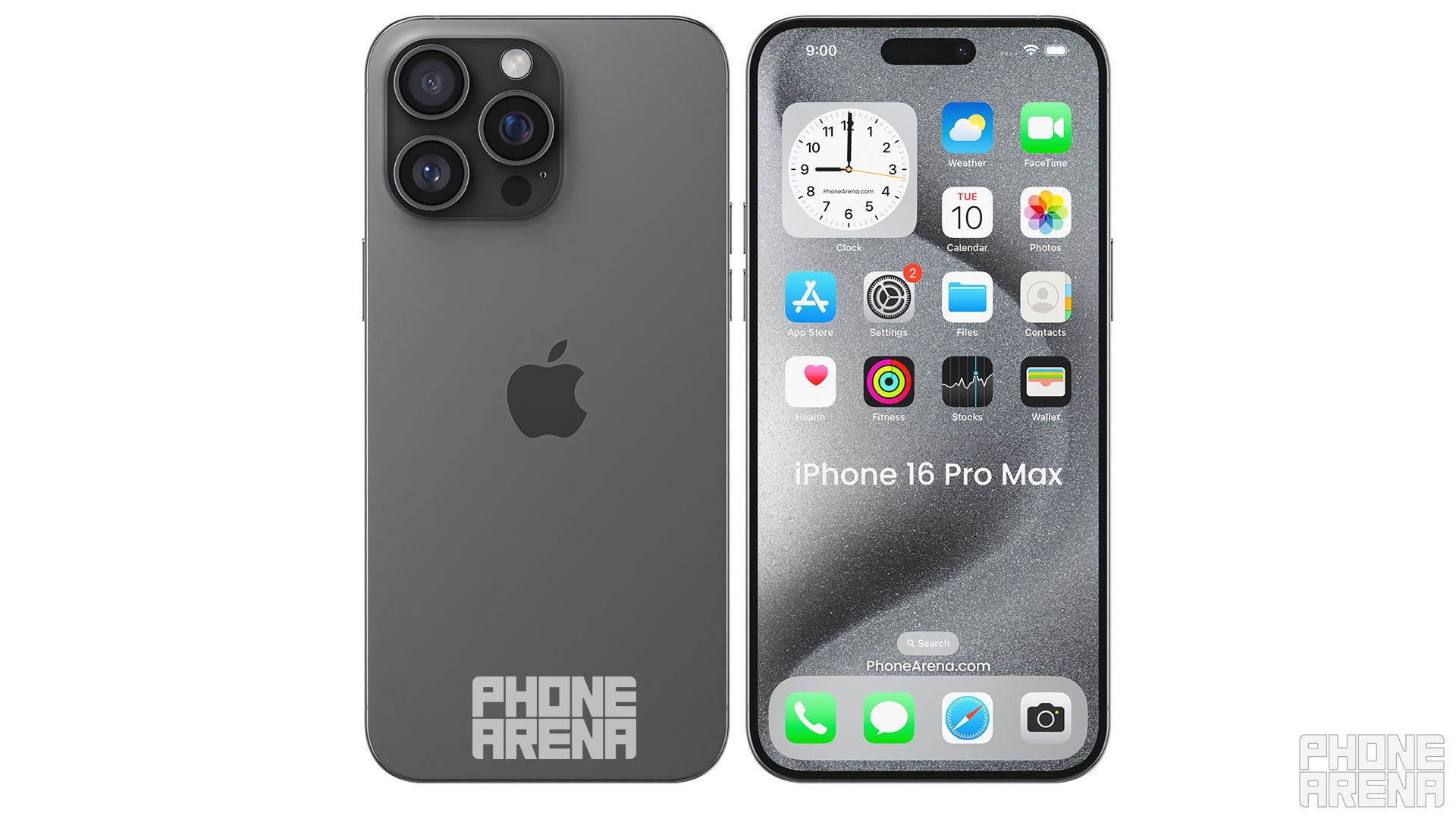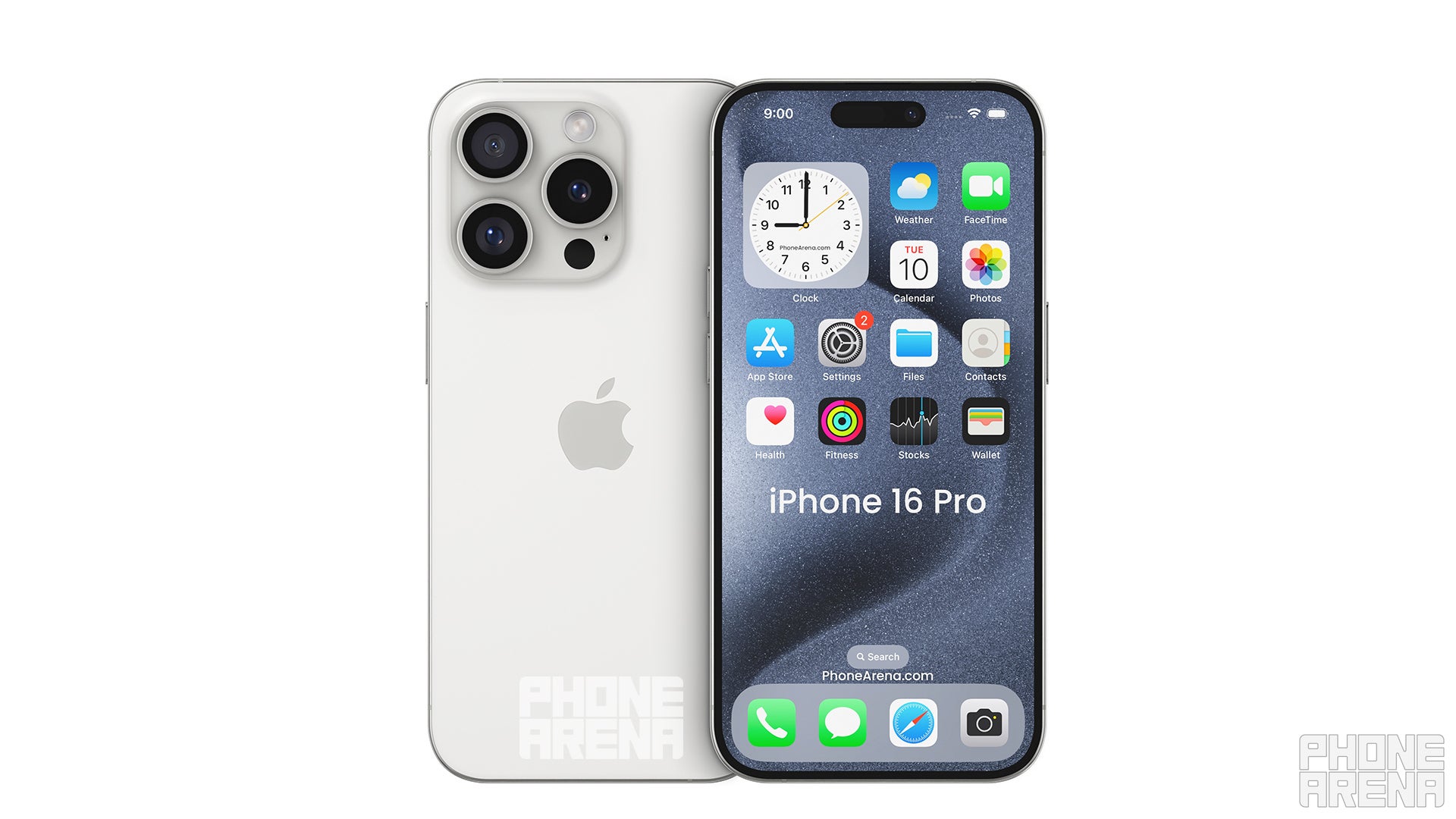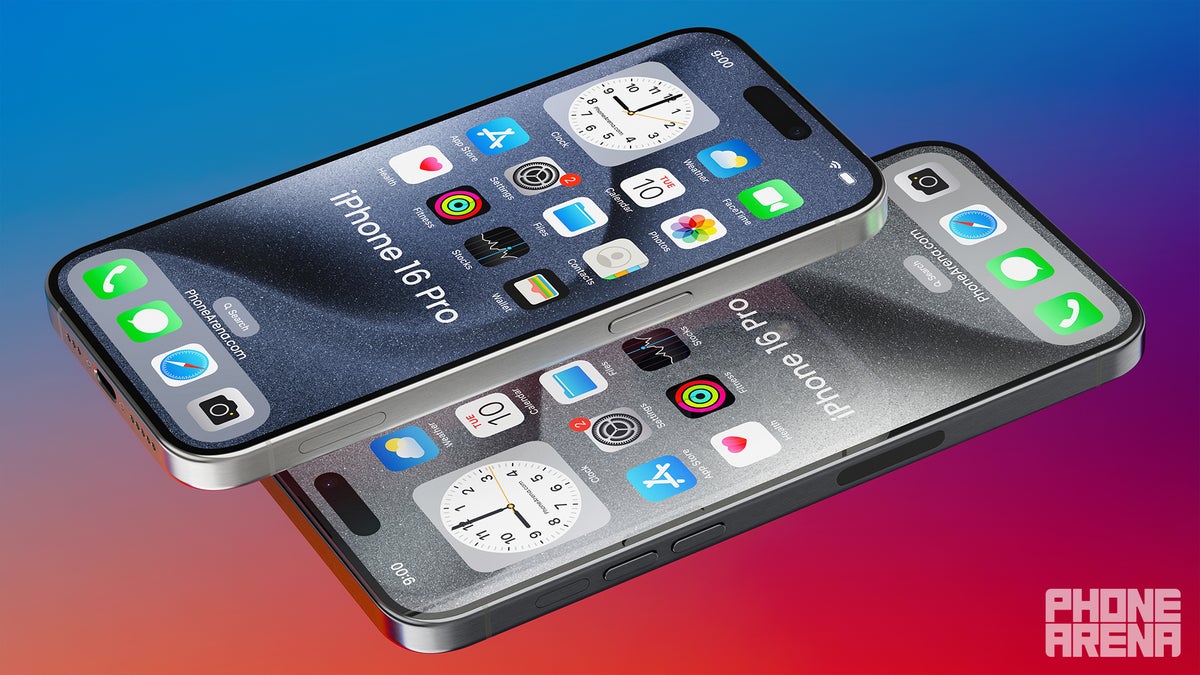Word on the street is that Apple is set to go big with these new releases, quite literally. Both the iPhone 16 Pro and Pro Max might feature larger screens, marking the first size increase for the Pro line since 2020’s iPhone 12.
But that’s not all. A recent leak suggests that these new iPhones will also boast the thinnest bezels ever seen on a smartphone. Allegedly, the iPhone 16 Pro will sport 1.2mm bezels, while the iPhone 16 Pro Max will have even slimmer borders at 1.15mm. To put it in perspective, the bezels on the iPhone 15 Pro measure 1.71mm, and the iPhone 14 Pro comes in at 2.15mm.
Now, I get it – we’re talking about tiny measurements here. It might seem downright comical to fuss over a difference of less than 1mm (can you even wrap your head around it?), but hey, in the world of smartphones, every millimeter counts. After all, when was the last time you heard someone say, “I wish my phone had thicker bezels”? Exactly.
Thinnest bezels ever? Great!

If the rumors are true the bezels on both iPhones should be even thinner than the ones shown on our renders | Image credit — PhoneArena
Let’s pause for a moment and consider the purpose behind slimming down those bezels. It’s all about maximizing the precious front surface area of the phone, giving us more screen real estate without bulking up the overall size. But oops, the Pro models are already reportedly getting bigger:
- The iPhone 16 Pro is rumored to bump up its screen size from 6.1 inches to a slightly roomier 6.3 inches.
- Meanwhile, its big brother, the iPhone 16 Pro Max, is expected to stretch from 6.7 inches to a hefty 6.9 inches.
So, smaller bezels on a bigger screen? It sounds like a winning combination that would undoubtedly enhance your viewing pleasure, whether catching up on your favorite shows or immersing yourself in a gaming marathon.
But that’s not all. As I pondered the implications of this, I couldn’t help but be reminded of one of my favorite things: technological advancements.
Technology never ceases to amaze me


Image credit — PhoneArena
Overall, the trend of shrinking bezels and increasing screen sizes is a clear sign of how technology is pushing the boundaries of smartphone design. Thinner bezels create a sleeker and more modern look for phones and pave the way for enhanced user experiences. But how exactly is this possible, you might ask?
The answer is a technology called Border Reduction Structure (BRS). It is an advancement that targets the reduction of bezel thickness, particularly honing in on the notorious bottom bezel, historically the chunkiest offender.
So, what’s the secret behind BRS? It’s all about optimizing the layout of the intricate circuitry beneath the display surface. By fine-tuning the design for maximum efficiency, BRS allows for significant reductions in bezel size.
Now, let’s talk logistics. One of the difficulties with minimizing the bottom bezel, for example, is accommodating the necessary wiring. BRS might address this by using techniques like:
- Folding or bending the wiring: this could involve carefully folding or bending some of the display’s electrical connections downwards, allowing them to fit within a smaller bezel area.
- Relocating components: BRS might involve relocating some essential components from the bottom bezel to a different area within the phone’s design.
Overall, Border Reduction Structure (BRS) technology has the potential to be a significant advancement in smartphone design, enabling sleeker phones with larger displays. However, we’ll have to wait for official announcements or confirmed leaks to understand the specifics of this technology and its potential drawbacks.
iPhone 16 Pro models and their thin bezels


Image credit — PhoneArena
So, while the upcoming iPhones may not boast groundbreaking changes compared to their predecessors, they undoubtedly represent the continual evolution of technology.
If the rumors hold true and the Pro models indeed sport the slimmest bezels ever seen on a phone, well, that’s certainly something to get excited about, right? Plus, it could mean major bragging rights for Apple. After all, even little changes can make a huge difference down the road.
Of course, for the bezel reduction to truly make an impact, the Dynamic Island will need to shrink, as well, or disappear entirely. Otherwise, it just does not make sense. Why? Well, the Dynamic Island, though innovative, still occupies a portion of the display, but that is a different story.
Finally, since the iPhone 16 Pro models have not been officially announced, the final design could vary from what the leaks suggest.
